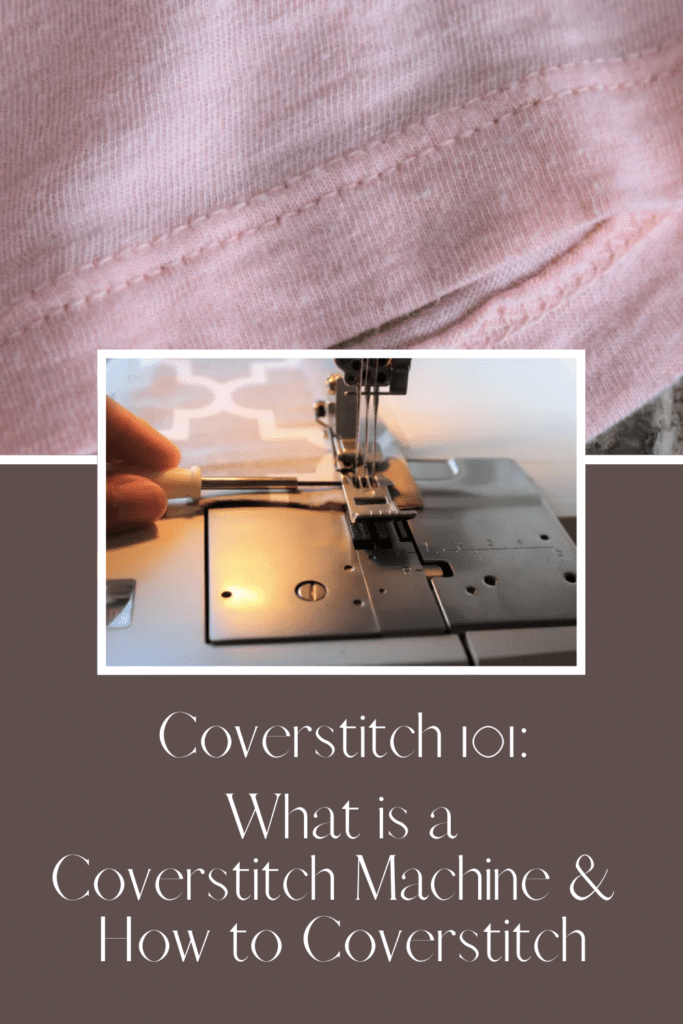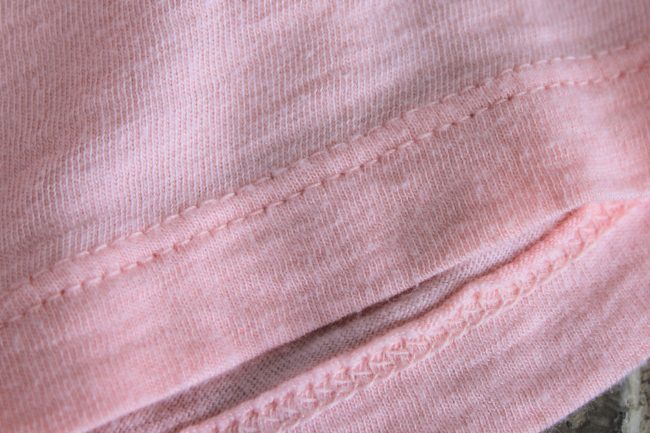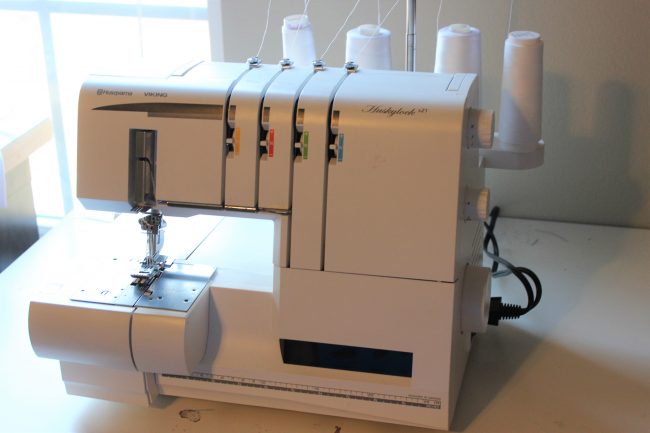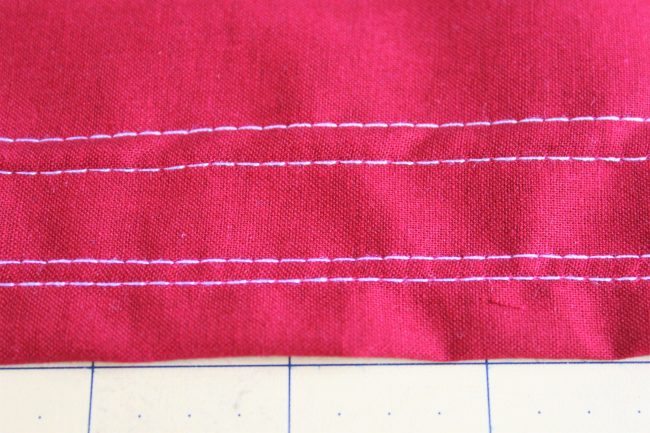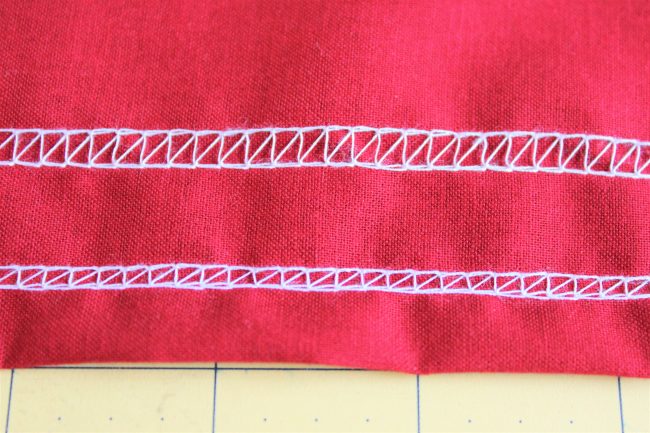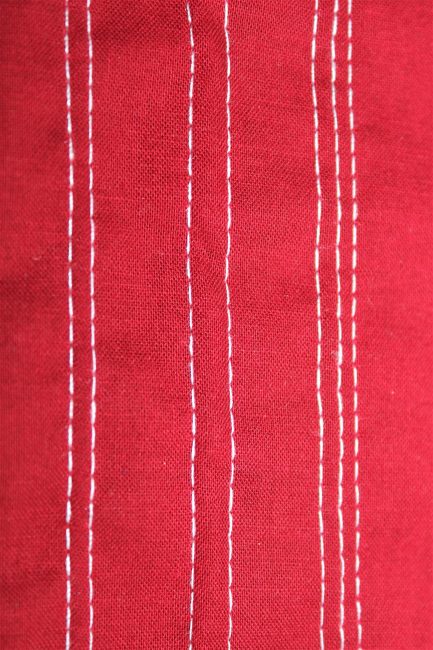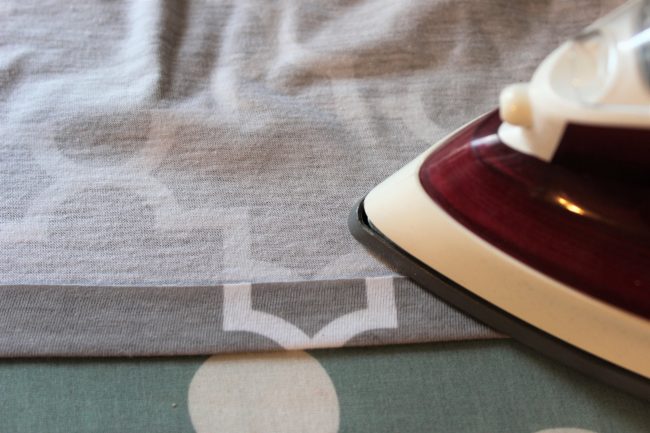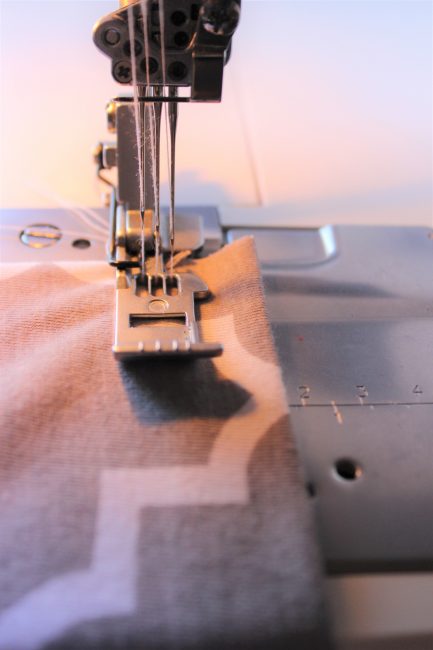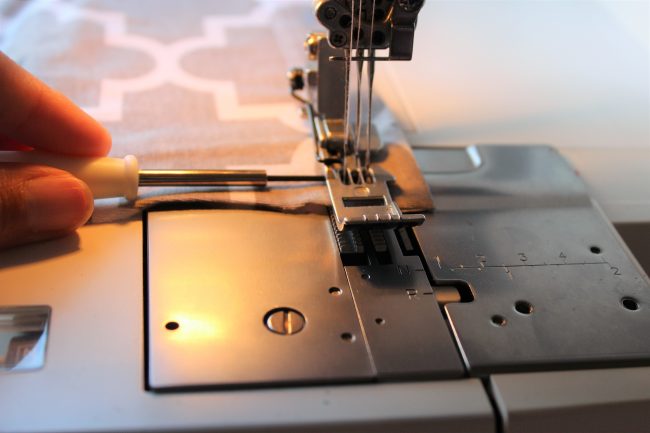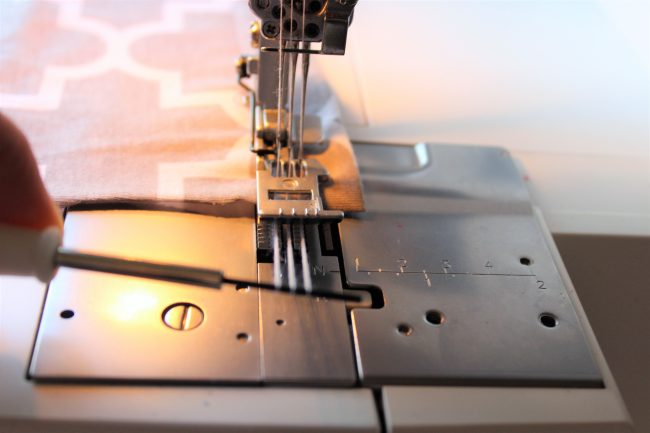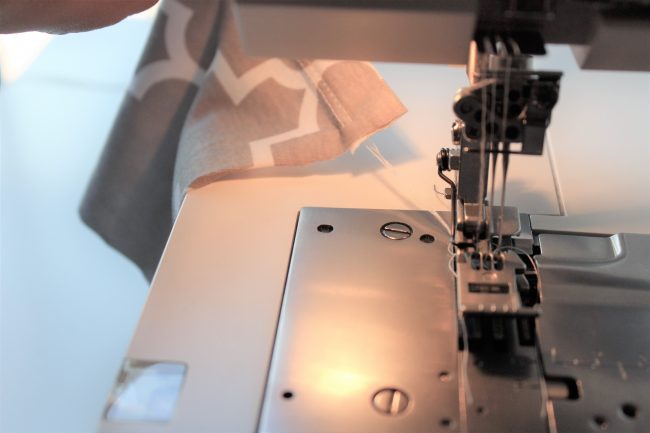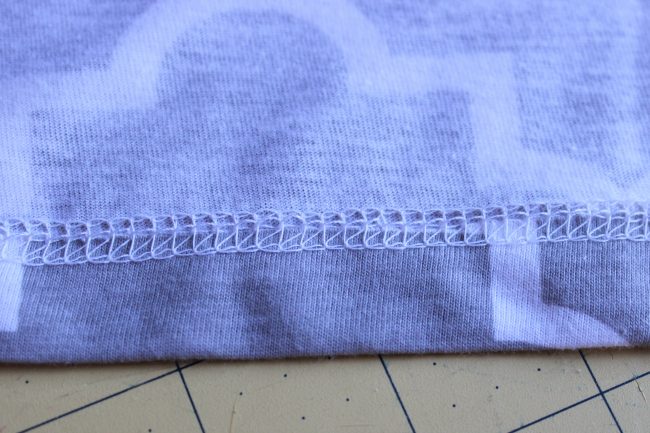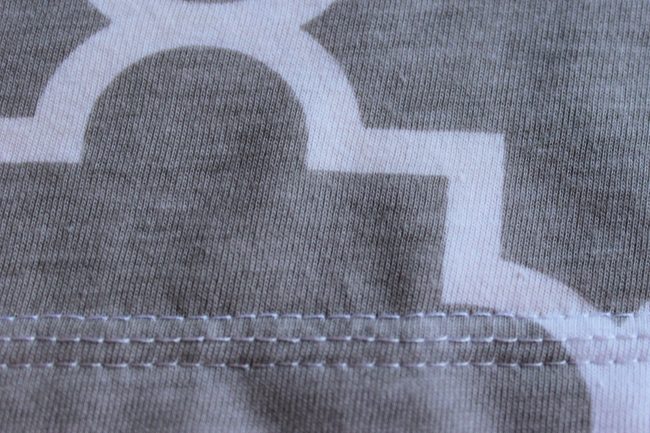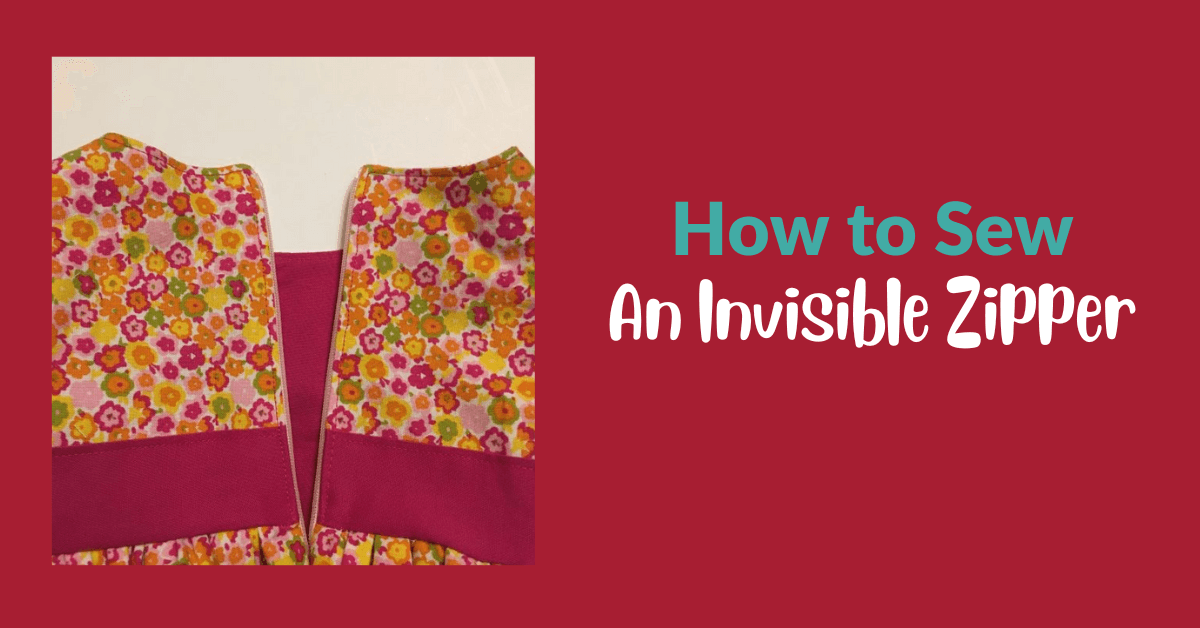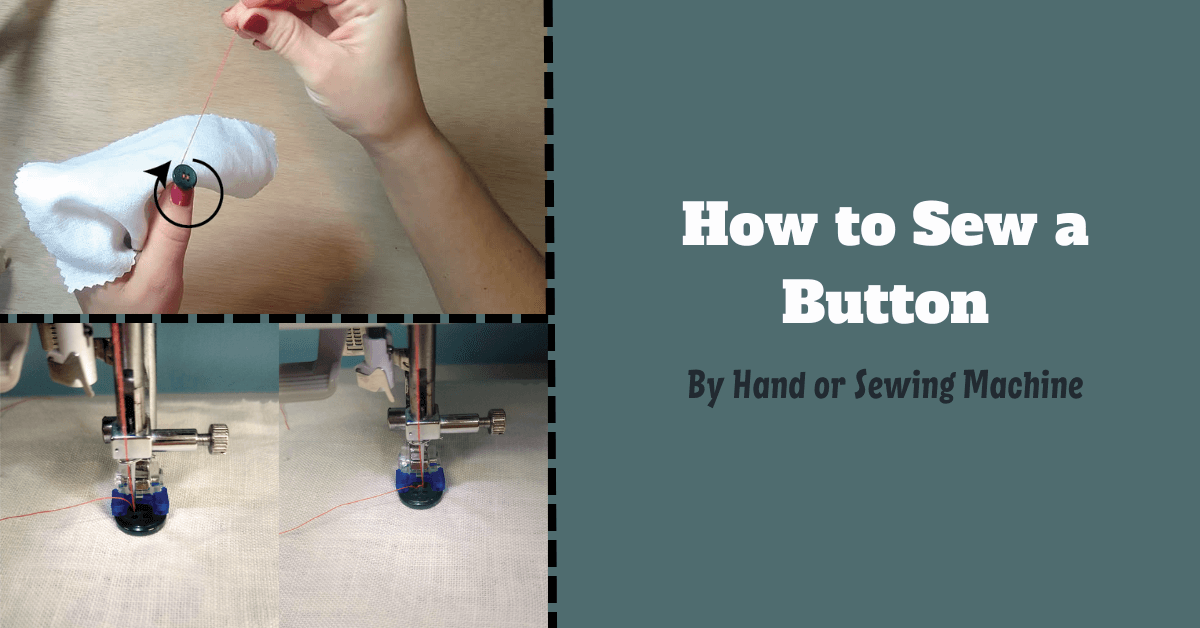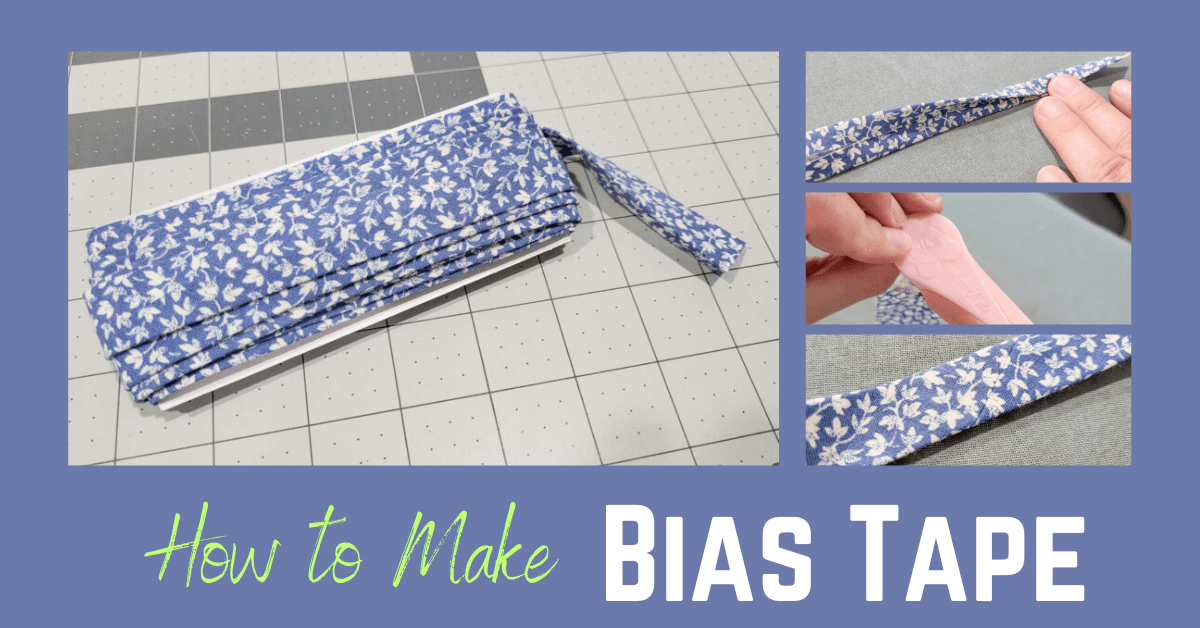
Coverstitch 101: Tips and Tricks for Beginners
A coverstitch machine is a game-changer for the sewing room of anyone who loves to sew clothes. They are perfect for stitching hems, attaching necklines, and adding decorative touches to your garments. These machines can be tricky to use, especially if you're new to sewing. This blog post will cover everything you need to know about coverstitch machines. From understanding their importance in sewing, to knowing which machine sews this stitch, we will provide you with comprehensive information. We'll also walk you through the basic applications of a cover stitch machine and offer tips and tricks for beginners. By the end of this post, you'll be equipped with everything you need to know about coverstitch machines and how they work.
What is a Coverstitch?
A coverstitch is a versatile stitch commonly used for hemming and decorative stitching in garment construction. It creates double or triple lines of parallel rows of stitches on the fabric's top side and a zigzag stitch on the underside. Coverstitching is especially useful for stretchy fabrics like knits, activewear, or swimwear because it creates a strong and flexible seam that allows the fabric to stretch without breaking the stitches. A coverstitch machine is specifically designed to sew this stitch. Knowing the basics of coverstitching is essential for achieving professional looking hems.
We have a picture of the stitch below to demonstrate the two parallel lines on a coverstitch but if you want to take a further look you can probably just go to your closet and look at the stitches on the sleeves of a store bought t-shirt to get an idea of what a coverstitch is.
You’ll find this stitch primarily on the hem of the right side of clothing – including sleeves, pants, necklines, etc.
What Machine Sews This Stitch? Can a Serger or Sewing Machine do it too?
A coverstitch machine is a specialized sewing machine that creates this coverstitch for hems. A sewing machine or serger (overlock machine) will not create the same stitch with the durable chainstitch in the back. Most coverstitch machines use one, two, or three needles plus a thread looper below the machine. The threads weave together to create a chain stitch that allow for stretch – making it perfect for knit fabrics. Yes, the machine looks very similar to a serger, but it functions completely differently.
Do I Need a Coverstitch Machine to Sew With Knits?
A coverstitch machine is particularly helpful when sewing with knit fabric. Knit fabric is stretchy and seams and are prone to popping if the stitches aren’t properly reinforced. If you sew with a lot of clothing with knit fabric then it probably is worth the investment to get a cover stitch machine.
Is a coverstitch machine absolutely necessary when sewing with knit fabric? Absolutely not! While the coversttich does give a professional finish to your hems, it is not essential for sewing knit fabric. You can create a faux cover stitch hem with a twin needle on a regular sewing machine that will make the top threads look similar to a coverstitch hem. It won’t be the same, but it works great if you don’t own a coverstitch machine.
What is the Most Common Coverstitch?
Using two needles is probably the most common way to use your cover stitch. You can create a 2-needle narrow stitch or wide stitch, depending on the placement of your needle positions. The narrow stitch is most often used with lighter weight fabrics and can help prevent tunneling between the rows of stitches. The wide stitch is usually used with more sturdy knits. Ultimately, it comes down to what works best with the fabric you are using and the look you are going for when using your machine.
Most coverstitch machines also can use three needles when cover stitching. Creating a triple row of parallel cover stitch stitches can give your garment a unique and decorative look. You can even use different colors of thread in each needle for a fun twist. You can see the comparison of the 2-needle narrow, 2-needle wide, and 3-needle stitches below. I would suggest practicing on a scrap of your fabric before hemming to decide which works best.
How to Hem with Coverstitch Machines?
Once you’ve decided what coverstitch stitch to use, hemming is really quite simple with a coverstitch. First, fold your hem up towards the backside of your fabric. Press it in place with a hot iron, creating a nice crease.
Next, raise your presser foot. Place your fabric underneath and line it up with the corresponding seam allowance guide. Lower your presser foot and begin sewing.
When you get to the end of your hem, you will have to release your threads from the machine. This is the only “tricky part” with the cover stitch but it’s really easy once you know how to do it. First, lift your presser foot and raise your needles to the highest position. Next, use a long, skinny object to sweep under the presser foot back to front. This will bring the needle threads towards you.
Snip the threads. Then pull the fabric towards the back of the machine. This will pull the needle threads to the bottom side of the fabric. Cut the looper thread and tie a knot in all the threads. That’s it for the coverstitch!
A coverstitch machine can create such beautiful, professional looking hems. They are easy to learn to use as well. The coverstitch machine is definitely a great tool to have when sewing with knits.
Which Coverstitch Machine to Buy?
When choosing a coverstitch machine, consider your budget and skill level and then decide which brand is right for you. We've put together our Top 10 Coverstitch Machines here which include options from Baby Lock, Brother, Janome, Bernette, and more.
Initial Steps: Setting Up Your Machine
Before you start stitching on your cover stitch machine, it's important to familiarize yourself with its different parts, such as the presser foot and looper thread. Ensure that your machine is properly threaded and adjust the stitch length and differential feed settings according to the fabric type and desired outcome. Take some time to practice on scrap fabric to get comfortable and fine-tune your settings. Lastly, don't forget to keep your cover stitch machine well-maintained by regularly cleaning and oiling it for optimal performance.
Choosing the Right Thread
When it comes to achieving high-quality results, selecting the appropriate thread is crucial. To prevent tension issues, it's recommended to use a heavier thread for the looper and a lighter thread for the needle. Don't be afraid to experiment with different thread combinations to achieve your desired look and functionality. Just remember always to use high-quality thread to ensure smooth stitching and minimize thread breakage.
Basic Applications
Mastering the art of basic cover stitch applications opens up a world of possibilities for creating clean and polished finishes on your garments. Start by learning how to perform a flat hem, giving your clothing that professional touch. Then, explore techniques for hemming in the round, such as sleeves or necklines, using a cover stitch machine. Experiment with different stitch lengths and tensions to achieve the desired look and functionality. Don't be afraid to get creative and try decorative cover stitching options, like adding rows of parallel stitches for embellishments. With practice and experimentation, you'll soon be creating professional-looking hems and decorative details.
Can I get a Coverstitch and Serger in 1 Machine?
Yes, it is possible to find machines that combine both coverstitch and overclocking functions. These machines offer convenience and versatility for those who work with different stitches. However, keep in mind that they may have limitations compared to dedicated coverstitch or serger machines. Consider your specific sewing needs before deciding on a combined machine.
Troubleshooting: Unpicking a Coverstitch
If you need to undo a cover stitch, don't worry, it happens. To start the unpicking process, use a seam ripper or small scissors to remove the stitches carefully. Take caution to avoid damaging the fabric. It's best to begin unpicking from the end of the stitching line and work towards the beginning. Remember to be patient and take time to prevent unintentional snags or tears. Once you have successfully unpicked the cover stitch, gently press the fabric to eliminate any remaining stitch marks or creases.
Conclusion
To become proficient in using a coverstitch machine, practice is key. Don't get discouraged if your first attempts are less than perfect. Remember, patience and perseverance will pay off. Experiment with different fabrics, threads, and techniques to understand how they affect the final result.
Whether you decide to buy a dedicated coverstitch machine or a combination machine, choose one that suits your requirements. With time and practice, you'll be able to create beautiful and professional-looking garments. Happy stitching!
